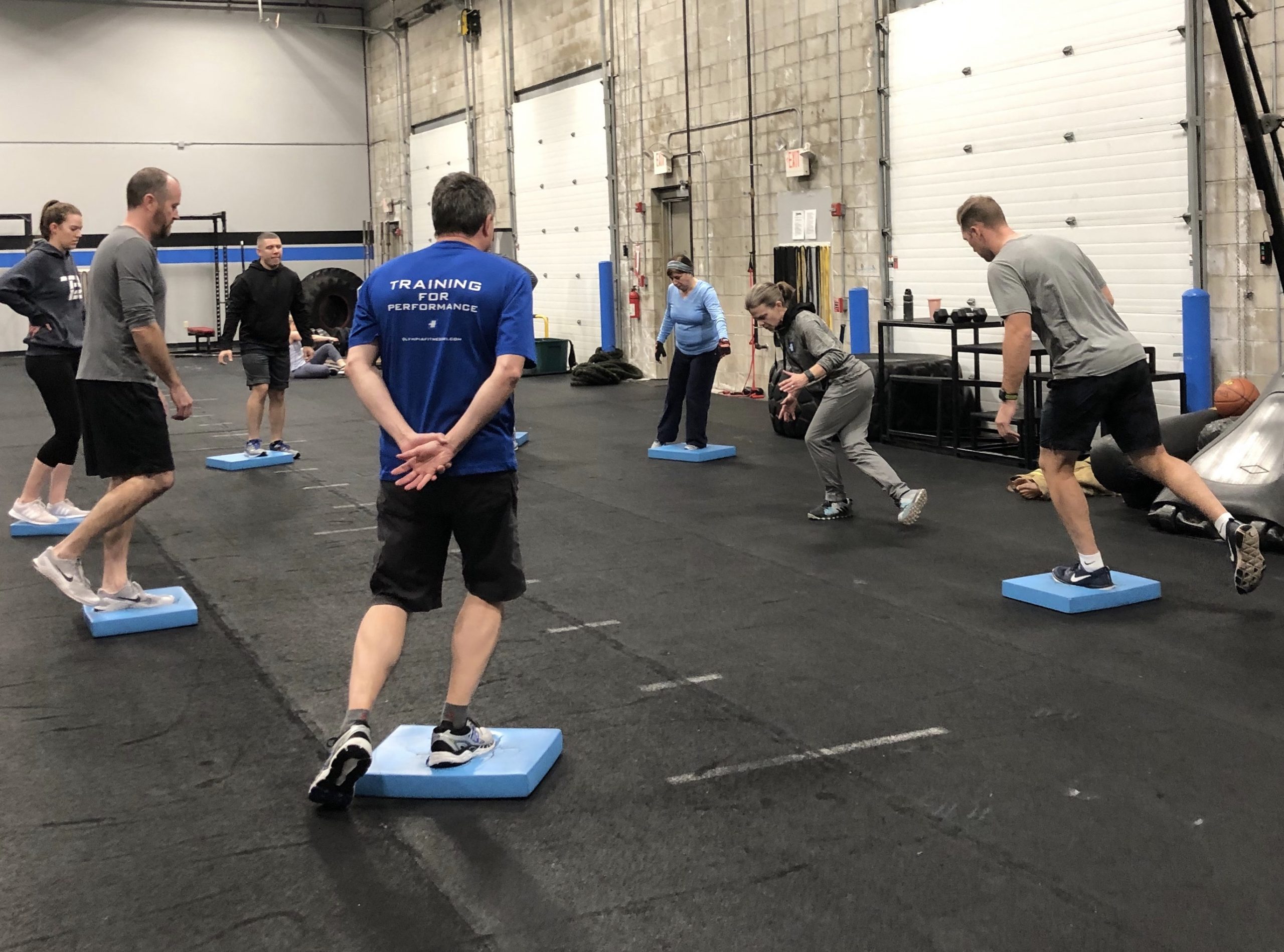
Injury Prevention: Why Do We Work on Single Leg Balance?
Successful single-leg balance can be defined as your ability to maintain upright body posture without having to step down or grab onto something. In more scientific terms, it refers to the ability of your central nervous system to keep the body’s center of mass within safe boundaries above the base of support (your foot) during or after perturbation.
Perturbation is commonly defined as a disturbance of motion, course, arrangement, or state of equilibrium. Some examples of disturbances include an unstable surface, body contact with another athlete or an unexpected obstacle, or a rapid change of direction.
Some common injuries that can occur if balance is poor are lateral ankle sprains and fractured fibulas, as well as an array of harm from falls.
The fibula bone in your lower leg can only carry about 17 percent of the body’s weight. A fibula fracture occurs when more pressure is put on the bone than it is able to bear. This can happen when you roll your ankle while stepping off of the curb, or while trying to control a soccer ball on the field.
If you encounter an obstacle to your foot or lower leg while moving across your living room, or through a hockey game, the momentum of your upper body continues forward, potentially leading to a fall, with risk for head injury or a fractured wrist.
So what systems are we actually training when we work on single leg balance? In short, we are working on improving how the brain gathers and processes information about body position and stabilization in space. Recognition of where you are and how you are moving through space is called proprioception.
A series of receptors, called proprioceptors, are located in skeletal muscles (muscle spindles), in tendons (tendon organs), around synovial joints, and in the inner ear. They relay information to the brain, contributing to its coordination of skilled movements. Spending time on one leg, and introducing challenges such as standing on an Airex pad, turning your head to the side, or catching an object improves how your brain gathers and processes information.
If you play baseball, you practice throwing a ball so that the motor pattern is ingrained when you need to execute the task quickly. Single leg balance is no different; we practice so that the skill set is available when you need to react immediately. With repetition, your brain is better able to fine-tune the movements needed to keep your center of mass within safe boundaries above your foot.
You’ll note from the examples above that single leg balance isn’t only for athletes. The systems trained and the resulting benefits are the same for all people.
Maura J. Zimmer, NSCA-CPT, CSCS has been a strength and conditioning coach for three years at Olympia Fitness + Performance in Cranston, RI. She specializes in helping people progress from physical therapy back to fully enjoying the activities they love.

